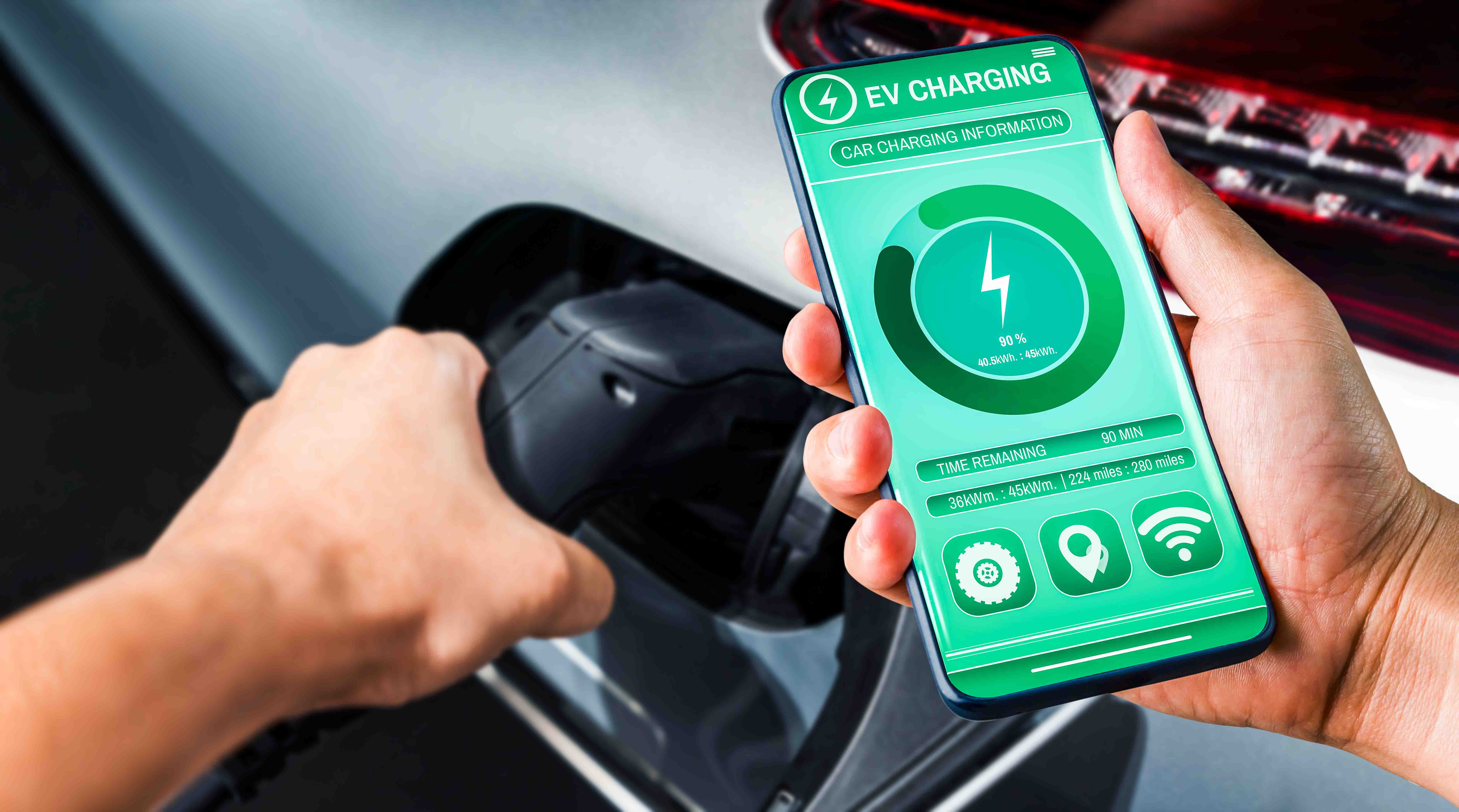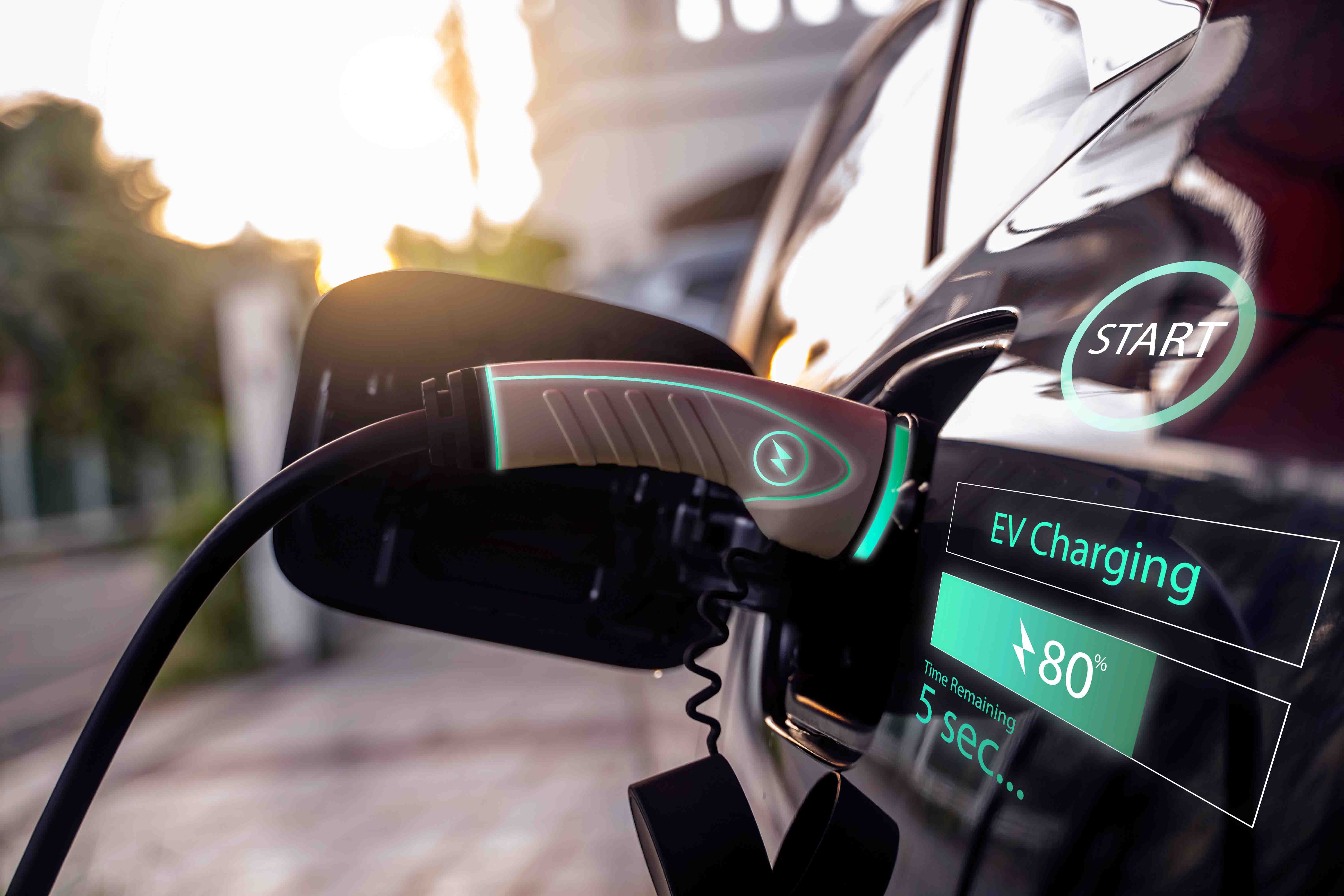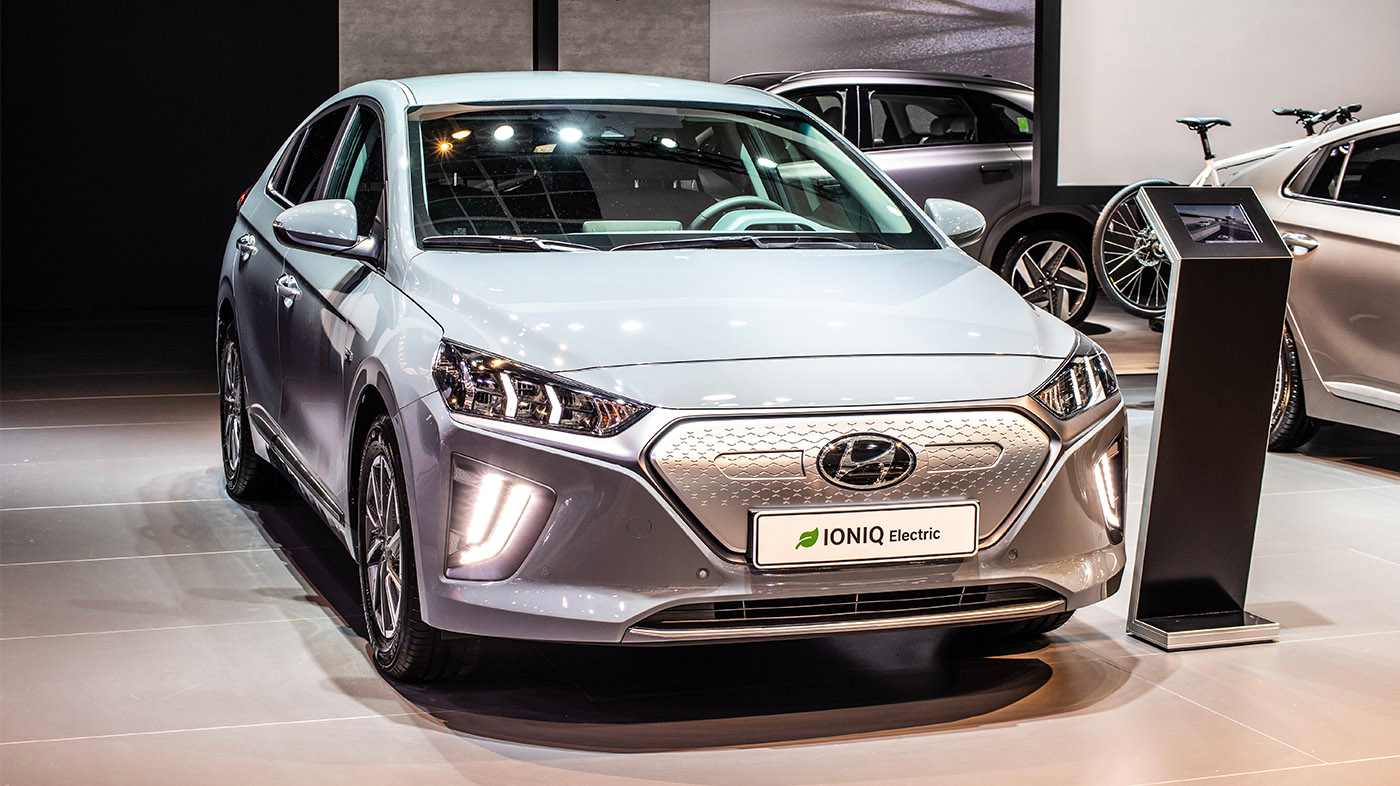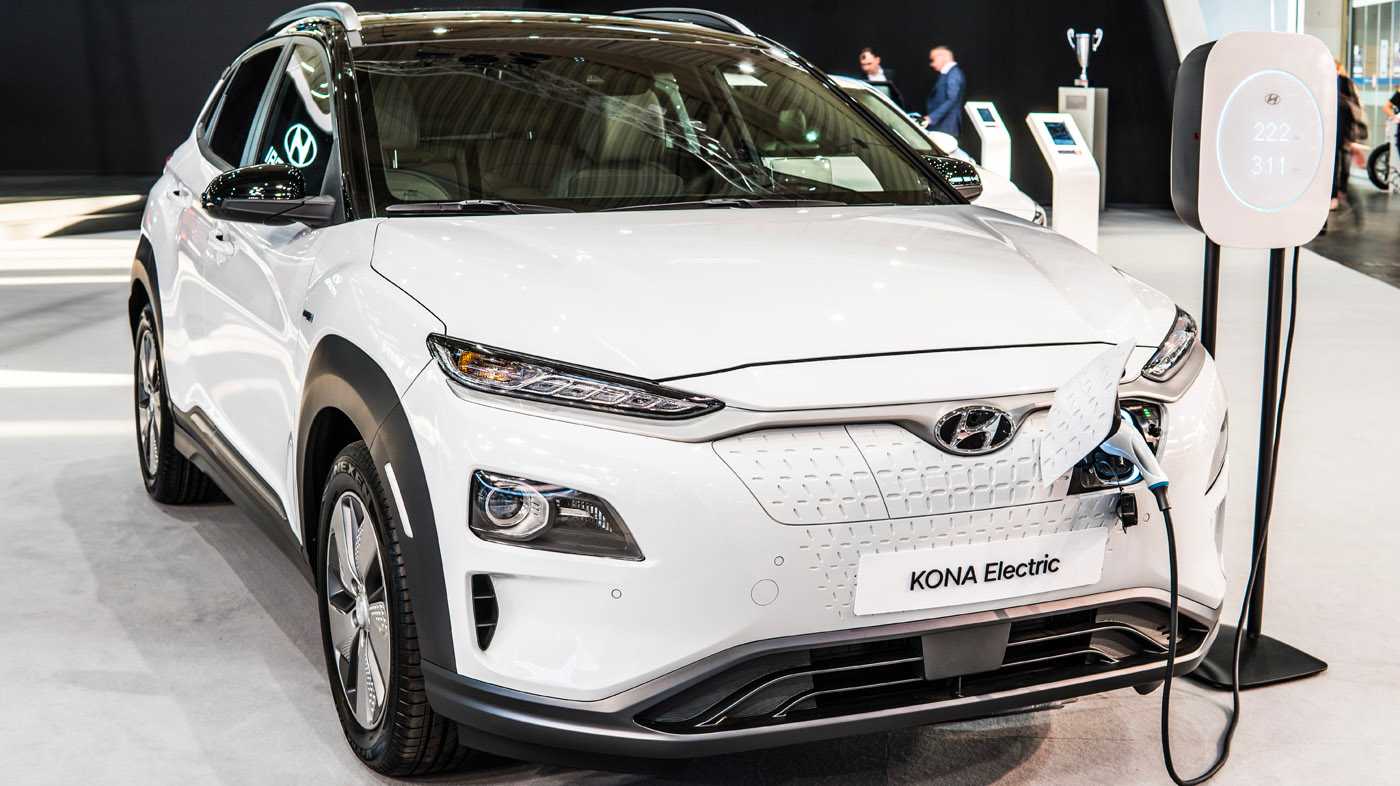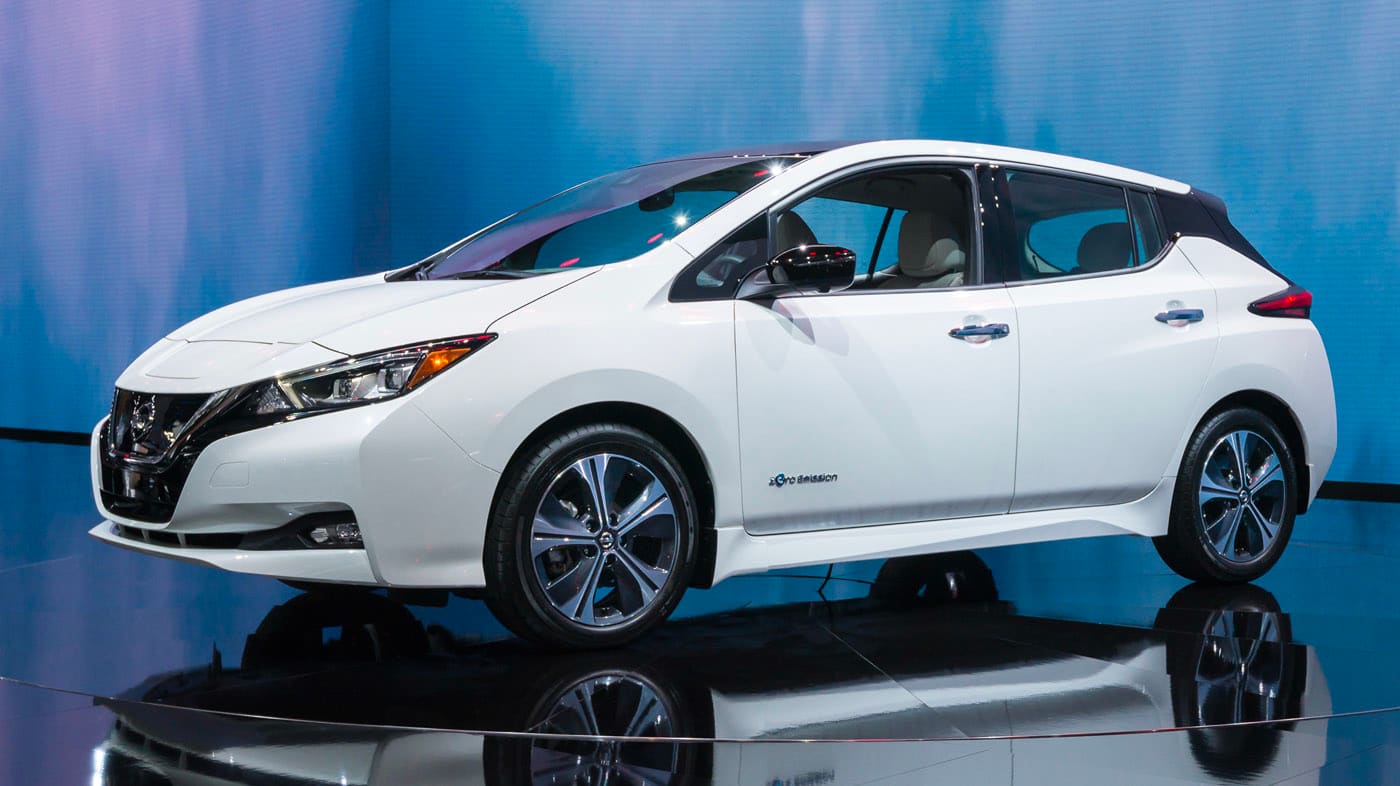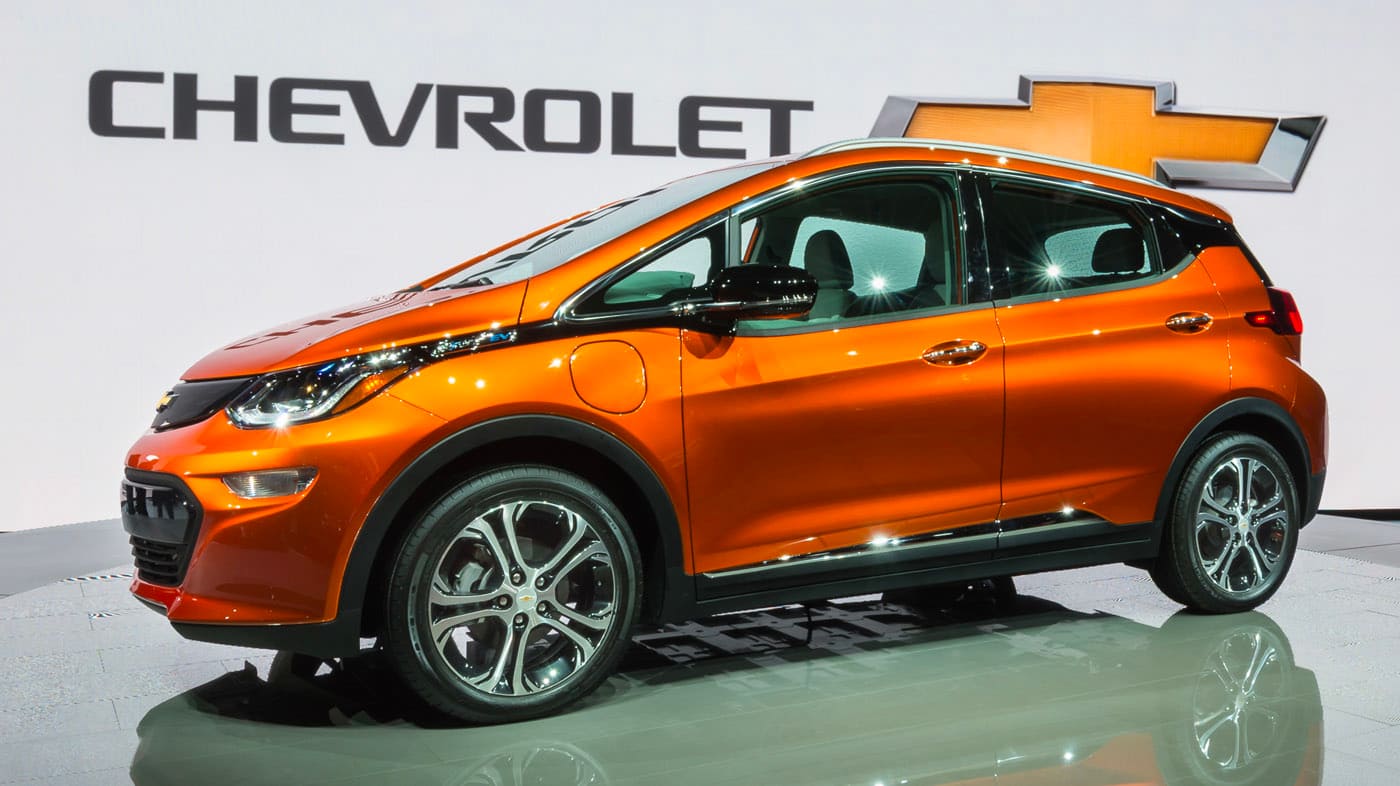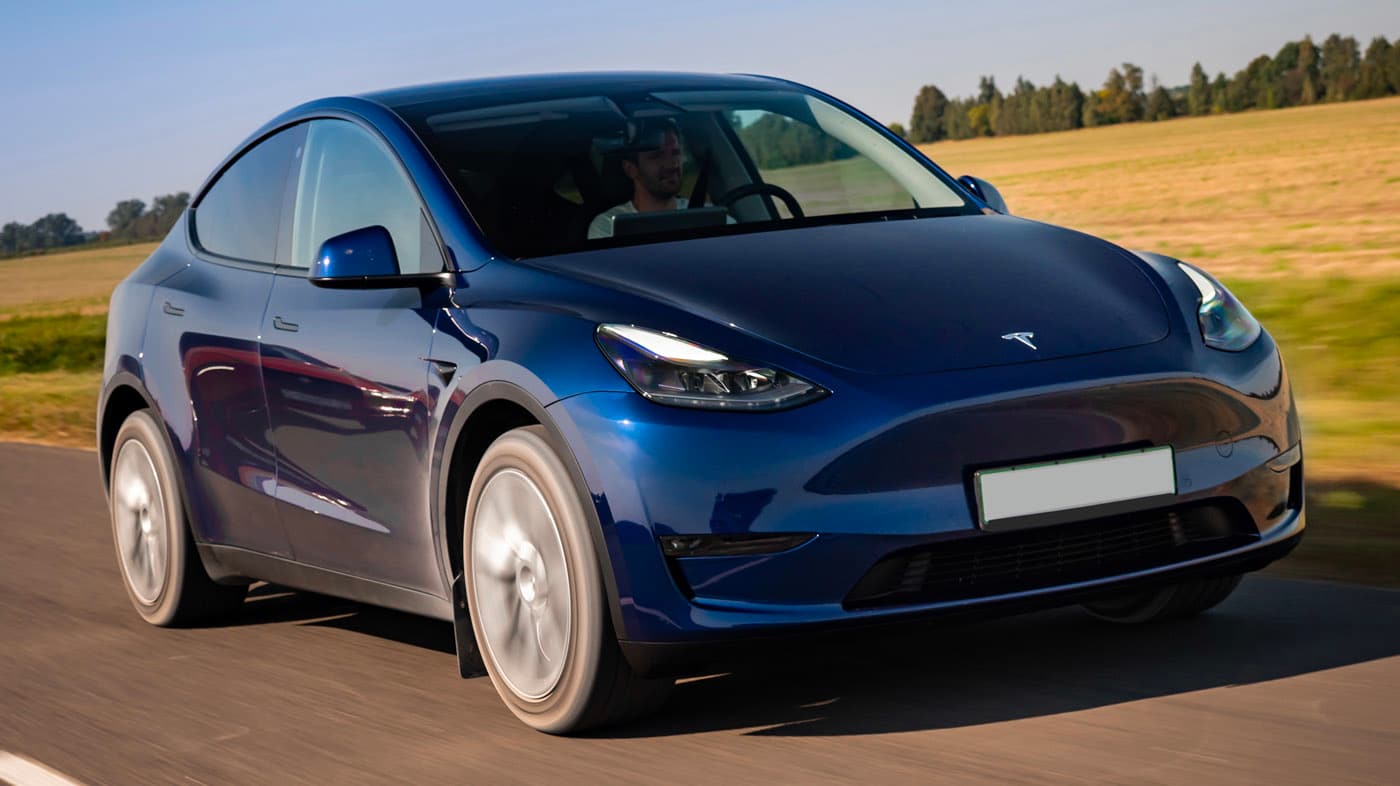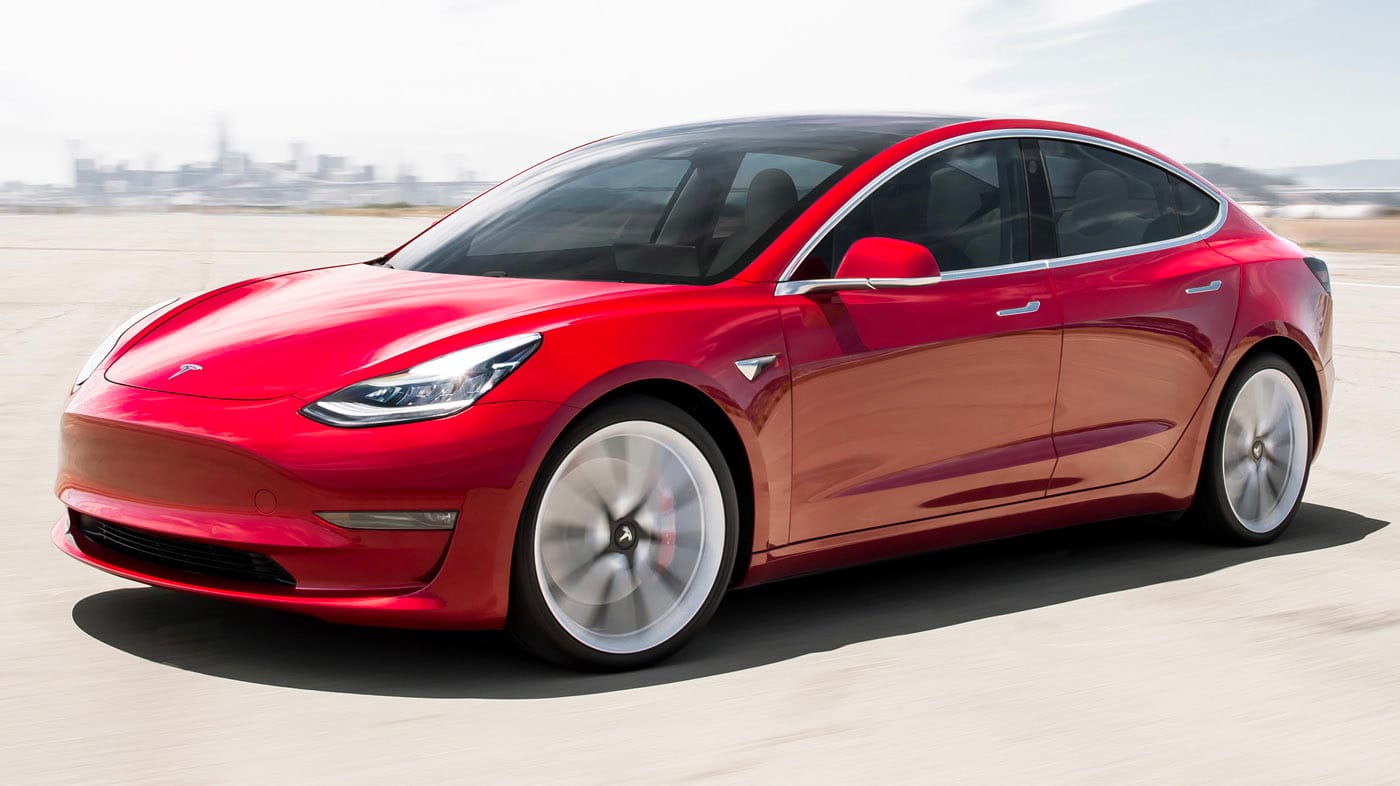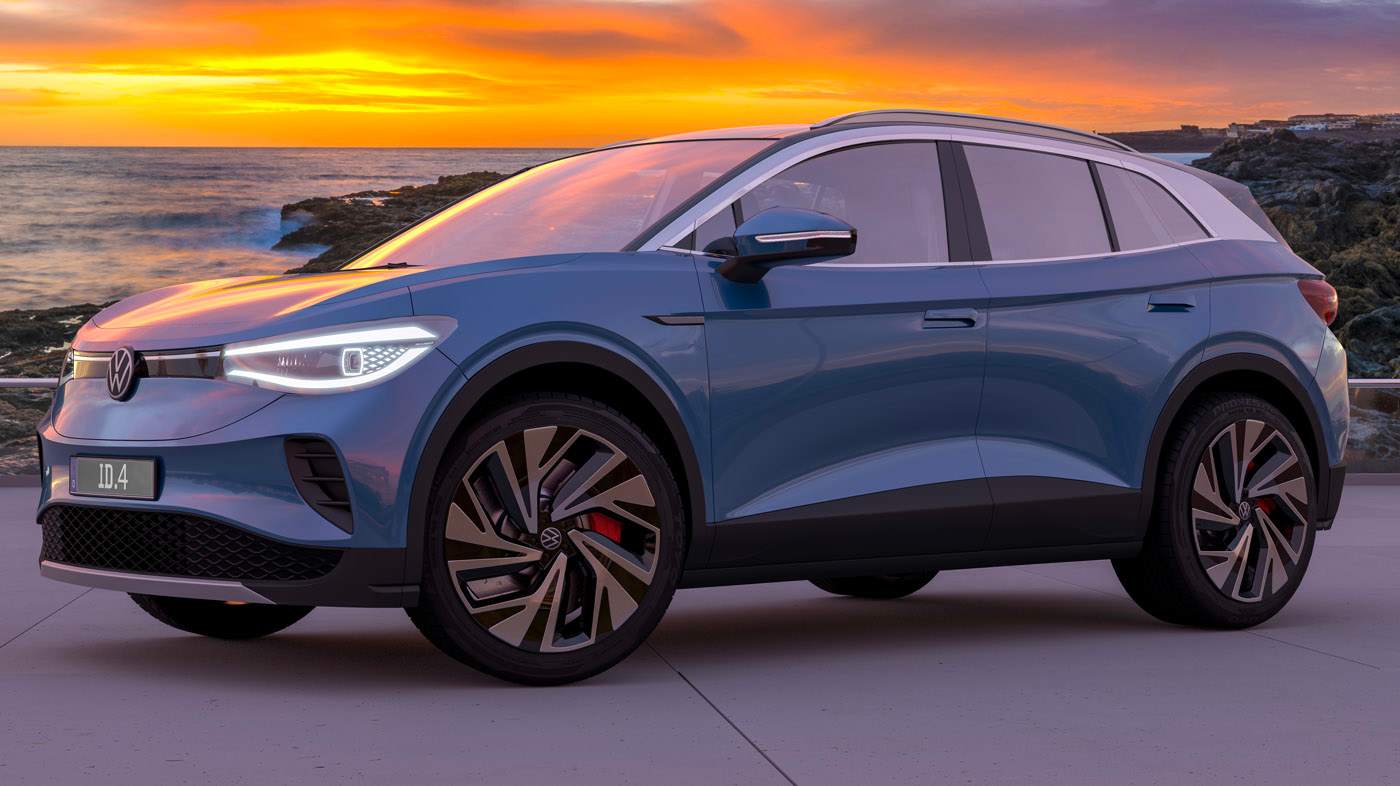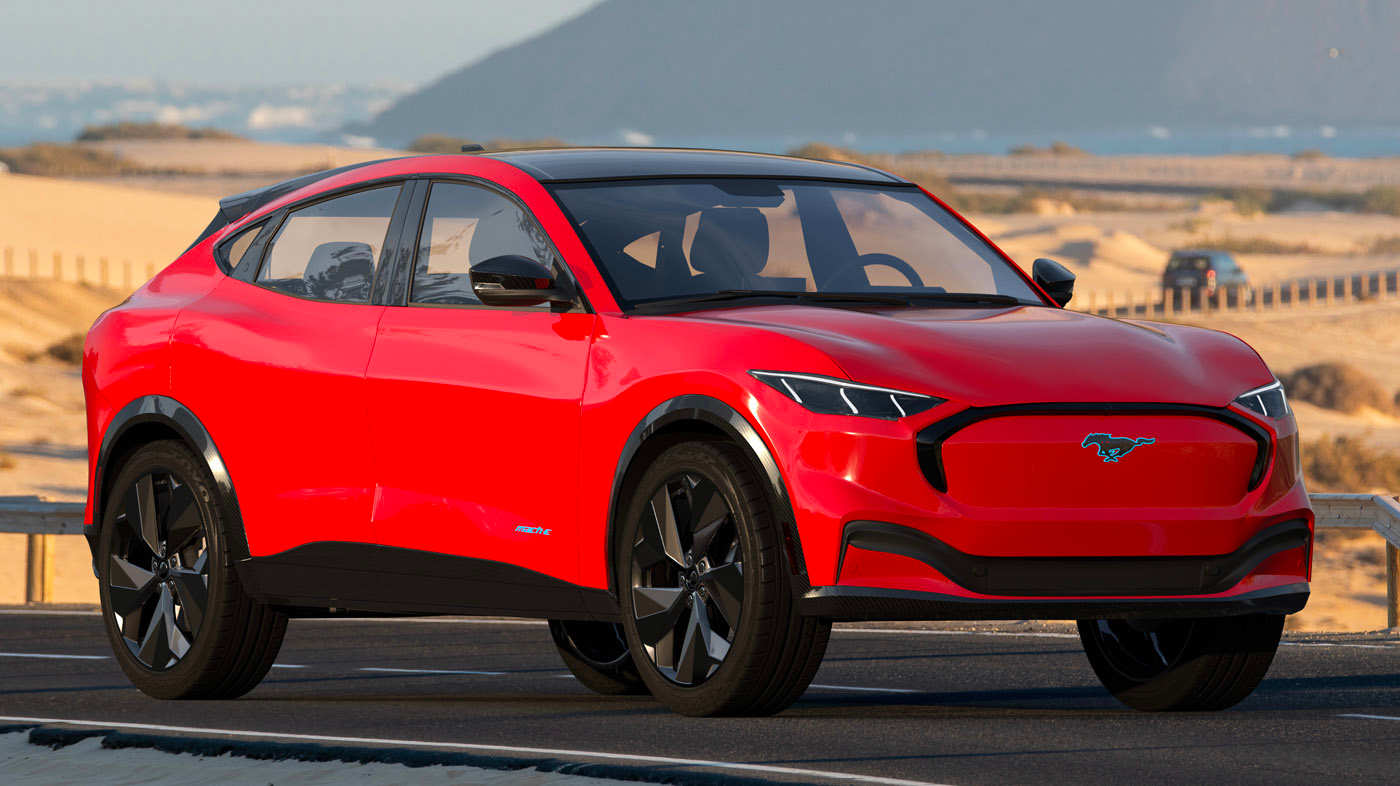Sustainable Features
and Trends
Going green means finding more sustainable ways for a vehicle to operate without sacrificing its performance. Here are some sustainable vehicle features and trends you should look out for:
Lightweight Vehicles
Car manufacturers are looking into lightweight materials that can maintain structural integrity. Light vehicles use less fuel to accelerate. According to the Office of Energy Efficiency & Renewable Energy, vehicles that are 10% lighter can improve fuel economy by 6-8%. Also, using lightweight materials, such as high-strength steel, magnesium alloys, aluminum alloys, carbon fiber, and polymer composites, can make the vehicle lighter by up to 50%, which helps lessen fuel consumption.
Using lightweight materials can also help vehicles carry additional systems and devices for emissions control or safety without increasing the vehicle’s total weight.
Partial Zero Emission Vehicles (PZEVs)
PZEVs focus on minimizing emissions that are released into the atmosphere. They’re basically gas cars with improved engine, fuel, and emission systems, allowing them to reduce certain toxic emissions by up to 90%. Thanks to their design modifications, they pass super ultra-low emissions vehicle (SULEV) tailpipe emission standards.
These types of vehicles are designed to meet stringent air quality standards, making them cleaner despite running on gas. They’re considered to be environmentally-friendly because they produce little to no evaporative emissions.They’re less complex to repair compared to high-tech eco-friendly cars and have extensive warranties for emission control components. Car makers are also developing hybrid partial zero emission vehicles (AT-PZEVs). These vehicles use both fuel and electricity to run, but can match or exceed PZEV standards.
LED Light Bulbs
Shifting to LED light bulbs from halogen is a simple but efficient way for vehicles to be more sustainable. They’re more energy-efficient and last much longer compared to other automotive lighting options, such as HID or halogen. LED light bulbs perform well and use less energy, while also emitting less heat.
Many auto manufacturers have begun equipping their vehicles with LED light bulbs. Lighting causes around 5% of CO2 emissions worldwide. Switching to LED lights can help save over 1,400 million tons of CO2, which is equivalent to the construction of around 1,250 power stations. This means that choosing LED lighting for your vehicle can help you save energy and reduce your carbon footprint.
Leather-Free Interiors
Non-leather interiors are another emerging trend in the automotive industry. More and more automakers are using cloth or other materials, even in their highest trim levels. Using leather for high-end interiors is no longer the epitome of luxury, as this is now usually met with disapproval because it isn't sustainable and it's difficult to recycle. Car manufacturers are constantly looking for alternatives that can help advance the industry's mission towards sustainability, exploring recycled materials to replace leather.
Some luxury brands, such as Audi and Polestar, are integrating artificial leather substitutes made of recycled PVC and other types of materials. Developing these options can help the automotive industry adapt, so that new luxury cars can have leather-free interiors that feel just as luxurious as leather.
Recycled Materials for Parts
Car manufacturers are exploring ways to recycle different types of resources. For example, BMW sources 20% of its plastics, 50% of its aluminum, and 25% of its steel from recycled resources or materials. Volvo also aims to use bio-based or recycled materials for 25% of its plastic needs by 2025.
Some electric vehicle (EV) manufacturers are also looking for ways to recycle projected waste, including vehicle batteries and scraps. General Motors (GM) has announced that it plans to partner with LG Energy Solutions to recycle cobalt, lithium, nickel, and other battery materials to make new batteries. GM is also exploring ways to recycle polyethylene terephthalate (PET) and other types of plastics for its wheel well liners, radio brackets, and license plate brackets.
Electric Vehicles
EV production and promotion is one of the biggest shifts in the automotive industry. Electricity is a renewable energy that can be sourced in many ways, unlike nonrenewable gas and other fossil fuels. EVs also produce little to no toxic emissions. Many car manufacturers are producing more sustainable hybrid and full-electric vehicles. Some vehicle brands, including Ford, GM, and Mercedes Benz, have pledged to phase out gas cars by 2040.
There are still some questions about the sustainability of EV battery production, but the automotive industry continues to transition towards an electric future by finding sustainable ways of recycling and acquiring resources.
Are you thinking of joining the EV shift? Learn more about EVs here.

